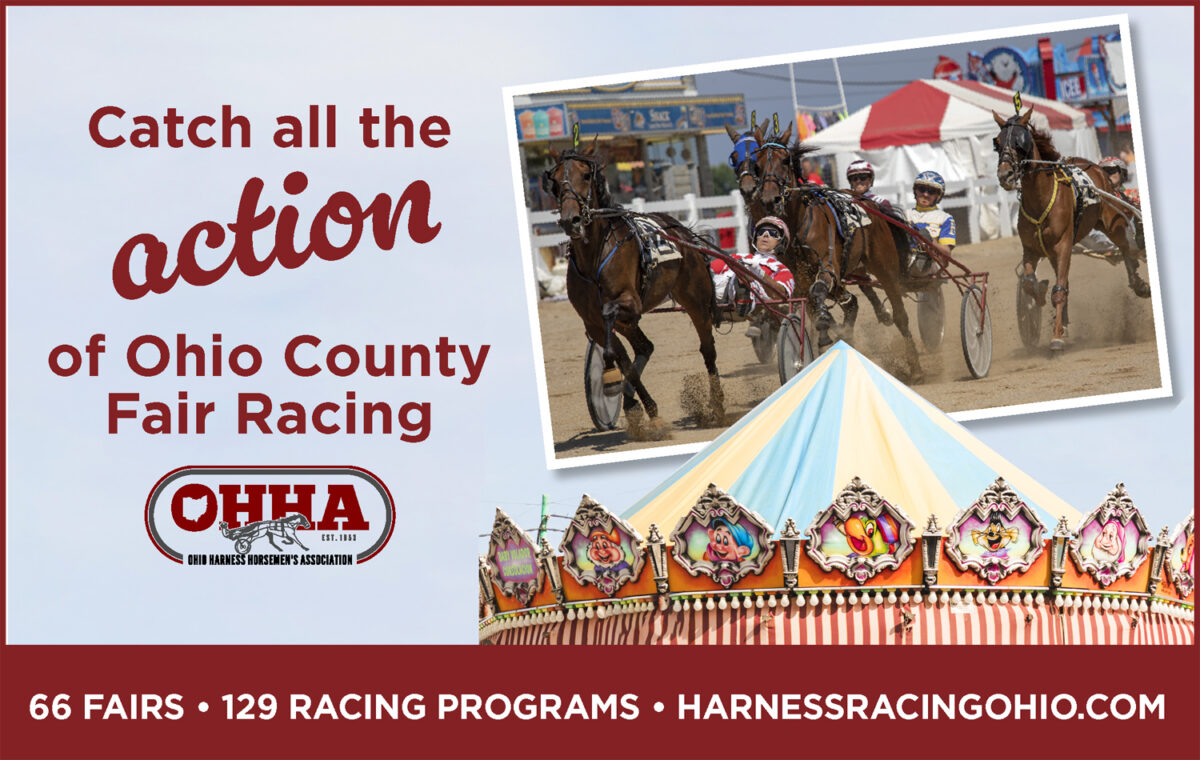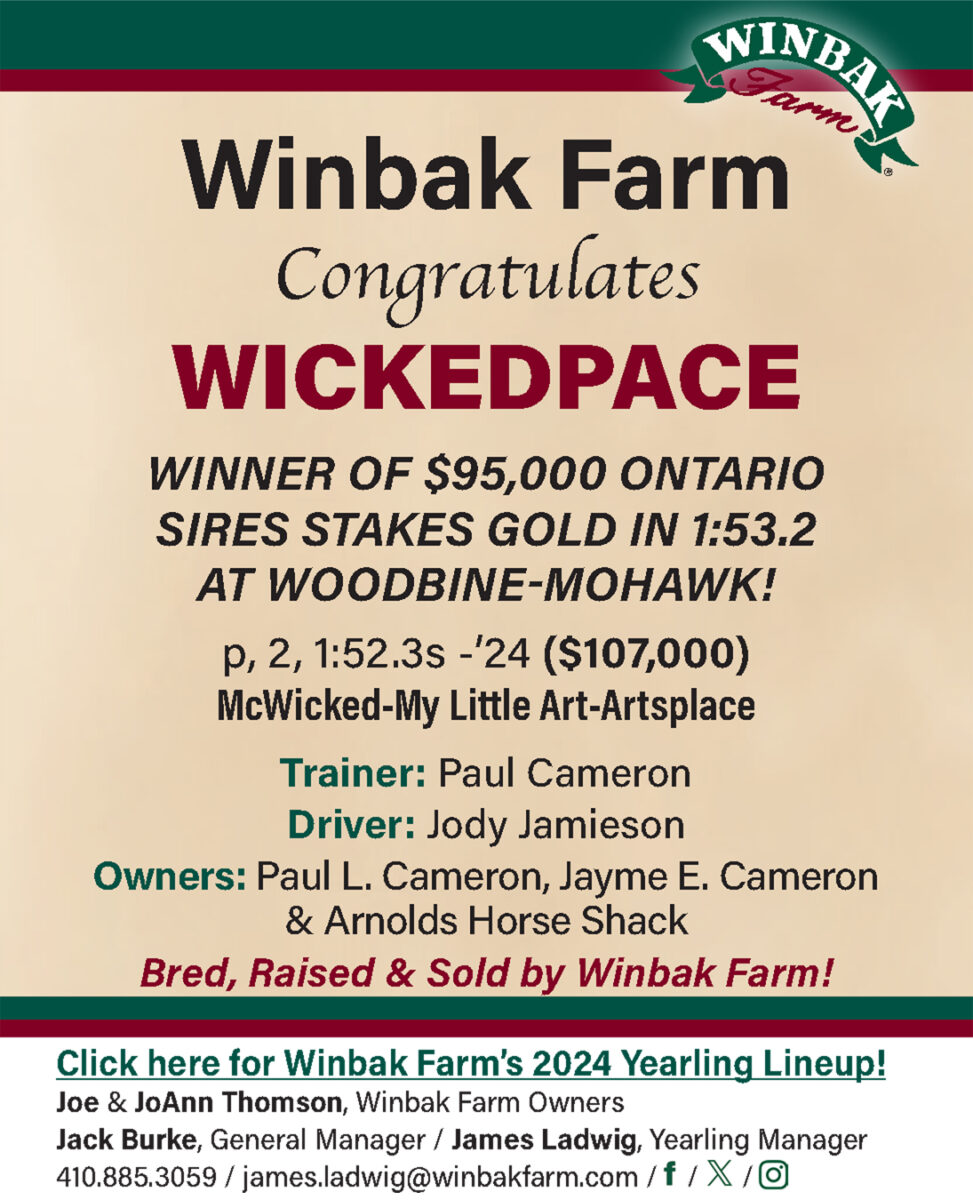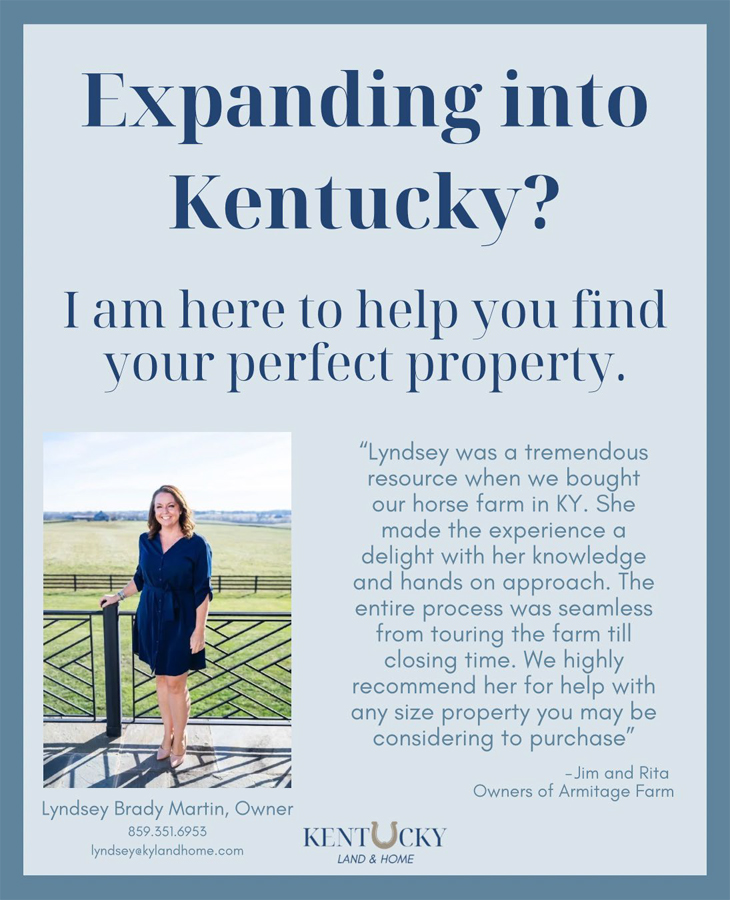

Under construction
Creating a top yearling is like entering a chess tournament.
by Trey Nosrac
Creating a yearling with the looks, pedigree, public interest and buzz for the marketplace is a fascinating challenge that is measurable, complex, stimulating and demanding. Like many of you, after playing the breeding game in the pool’s shallow end for a few years, the quest to dive deeper and generate a higher-quality yearling can become a minor obsession.
Breeders of any ilk can’t wholly explain what sends us down this breeding road. Sure, turning a profit is part of the motivation, but growing a racehorse is more of an adventure than a promising business venture. Somewhere in our psyches, the complexity and difficulty of the task involved is part of the appeal. Creating a highly desired yearling is like entering a chess tournament while purchasing a yearling is more like selecting a lottery ticket.
Sending a yearling to auction that will bring jaw-dropping bids is difficult, even with horsepower in the bank or barn. A top-selling yearling consigned from Adam Bowden at Diamond Creek does not fall into his lap. He, and every top breeder, have invested years, money, and brainpower, knowing setbacks are around every corner.
My oft-stated theory is that every horse is a story. Allow me to share one story: Breeding a mare that foals a desired yearling for the upper tier of the marketplace is my little quest. My partner prefers racing stakes horses. While our priorities differ, we readily enjoy, cooperate, and share costs for each ride. We began a ride over four years ago, and nobody knows how long it will continue. It has been a fascinating journey into the unknown, and regardless of what happens, I would highly recommend it to any lunatic.
Breaking into an excellent maternal family for a broodmare was the most challenging part of this breeding quest. Ownership of mares from truly great maternal families can be a tad proprietary.
Once a dam has produced a champion, she (and her daughters) become valuable commodities. When her daughters repeat the success, those daughters become valuable. Potential moms from a family with generations of consistent championship production and sales prices do not grow on trees. Exceptionally promising fillies from the finest families may never see public auctions.
Our approach to this dilemma was to begin early and be willing to wait. We searched yearling sales catalogs for fillies from extremely well-bred fillies that might fall into our price range. We were open to a pacing or a trotting filly from a great family in any state racing program.
Why would a wonderfully bred filly yearling consigned to a public auction fall to our modest budget level?
There are many reasons not to buy a yearling. Most bidders at yearling sales have a priority for racing. Perhaps the filly yearling heading to an auction ring does not stand perfectly, the sire of the filly is out of favor, the filly yearling is a 19th foal in a state program that does not have an excellent purse structure, or the racing buyer prefers colts in a particular state.
Pathway’s search engine lists a wealth of breeding information. We spent countless hours digging around and researching female families. One area where we paid particular attention was the history of the prices that a broodmare’s foals sold for at public auction. In some instances, especially from yearlings consigned by large farms like Hanover, it is simple to find the sales averages. Say a primo broodmare has eight foals sold at public auction for an average of $80,000. We looked for families in this category and tried to find a finely bred yearling filly heading to market that we could afford.
Pedigree research proved to be fun. You never stop learning. Each thread you pull, every pedigree you retrieve, opens another door. The genetic part of breeding is still mysterious, but I keep picking around.
Allow me to interrupt this account and make a quick suggestion. For novices, the strange little world of breeding harness racehorses is daunting. It would be helpful to have sherpas and tutorials to turn to for guidance in the exotic world of standardbred genetics and pedigree study.
Our route, purchasing a yearling as a future broodmare, required a lot of patience. Years can pass before we can even try to breed this mare, then more years before we have a yearling to sell. Each step in the process has costs beyond the original purchase; training, staking, boarding, and on and on for a long time.
In the fall of 2021, we found our candidate. We stretched our budget to the max. My partner came home anxious to race this beautiful filly from a jaw-dropping female family of great racehorses. I came home resigned to years of racehorse expenses until attempting to turn her into a broodmare.
Harness horse racing is always stepping into the unknown. Every day brings good breaks and bad breaks. As this filly approached the qualifying day as a 2-year-old, looking every bit a champion to our completely biased eyes, she fractured her foot. This misstep changed everything. She would not race. Many of you, heck, all of you know the sinking feeling.
The sting of this unfortunate and unexpected step on the track had a silver lining for me. My timetable for the breeding project was shortened, by several years. The Ying was that this filly would not have a racing career. The Yang was she could begin her broodmare career at age 3. We bred this filly at age 3 to one of the finest stallions in the land. She is in foal and has been moved to Kentucky to establish dual eligibility. The story continues, as always, a mystery: new chapters unfolding.
We are approaching the point in our harness racing season where you will be carefully reading sales books with hundreds and hundreds of stories where breeders set the scene. Soon buyers will purchase yearlings and play their part: good reading and shopping to all.















